
Sierra Club Canada Foundation (SCCF) has been instrumental in advocating for green areas in urban settings for years in Alberta’s capital region.
In 2001, a group of Edmonton volunteers identified a significant geological formation of blowout sand dune in southwest of Edmonton with the help of Richard Stein, our local volunteer, and the curator of Geology from the Provincial Museum. NW384, or as our locals call it “Sand Dunes Natural Area”, lies on the easternmost extent of the 200 square kilometer Devon Dune Field to the west of Edmonton which extends to the Clifford E Lee Sanctuary, west of highway 60. This feature offers viewers a chance to immerse themselves in the end of the last ice age and imagine the force of the winds that created this football-field-sized hole in the dune! Our group is still involved with this project to promote reforestation of the area with our only local native Jackpine (P. banksiana), as well as to create interpretive signs for the site.
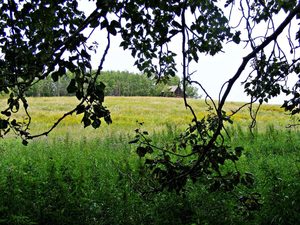
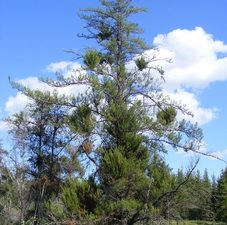
Pictures: 1) View of Sand dune from the south 2) Jackpine P. banksiana
Our volunteers have also been very invovled with the protection of Big Island and Bigger Island, a natural area southwest of the city which includes unique geological features, important riparian areas, and critical wild space in an urban setting. We are pleased that this natural area has received recent attention and has been identified as a priority for conservation in Edmonton (see article here). Specifically, this natural area boasts of sand dunes, an East-West ravine which is an important corridor and houses the longest backchannel in the river valley which is critical for fish, likely the only natural dyke of 25 feet high in the area, the rare occurence of common juniper (J. communis), and lastly the only identified occurence of Woolly Alder Aphid (P. tessellates) west of Manitoba! All of these features render the Woodbend Big Island area of particular importance for conservation and preservation.
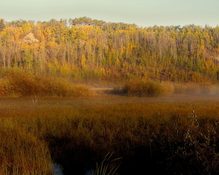
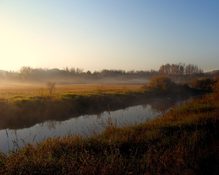
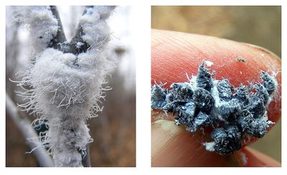
Pictures: 1) & 2) Bigger Island riparian area. 3) & 4) Wolly Alder Aphid, first identified occurence west of Manitoba.
Ultimately, these projects have been instrumental in expanding the meaning of natural areas not only to protect significant biological features, but also geological features such as the blowout sand dune. It is critically important to conserve natural areas to preserve hydrological and ecological function. Lastly, they provide an opportunity for residents to enjoy wild nature and be recharged by it. We are optimistic about the potential for enhanced environmental protection and appreciation of the Woodbend Big Island area and its many fascinating features!
